James Camerons første spillefilm i 12 år, “Avatar”, indtager biograferne 18. december.
For at få en forsmag på filmen blev Filmz inviteret med til en 15 minutters præsentation af “Avatar” i 3D, hvor filmselskabet 20th Century Fox viste udvalgte scener og traileren i 3D.
“Avatar” er en futuristisk historie om en hårdt såret rumkrigsveteran (Sam Worthington), som efter at have nødlandet på en fremmed planet modstræbende bliver kastet ind i et ræs for at bosætte og udnytte den eksotiske verden.
Læs mere om de enkelte scener og deres 3D-effekt i artiklen Filmz til “Avatar”-3D-præsentation.

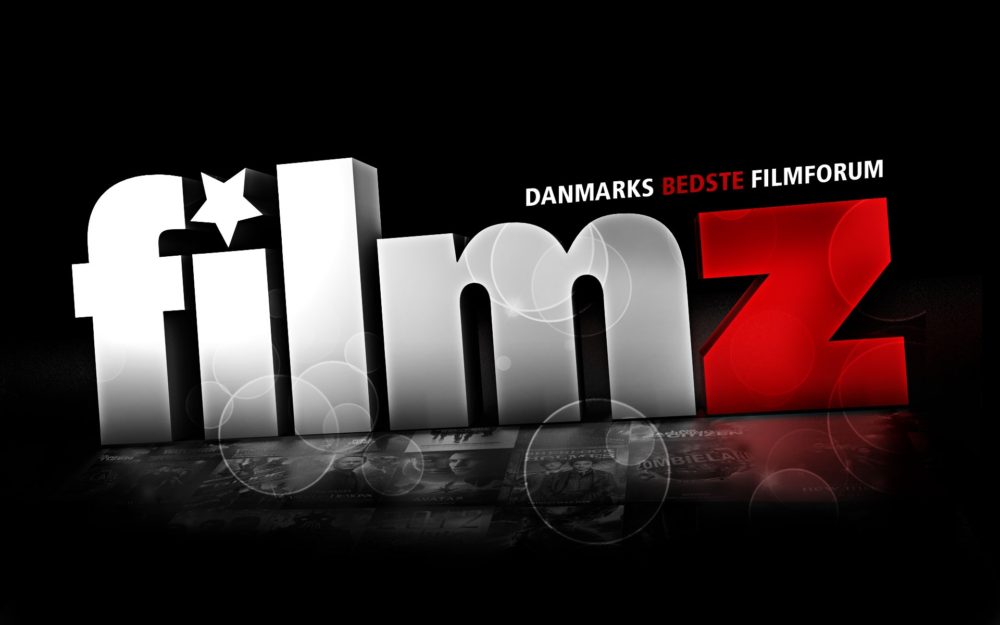

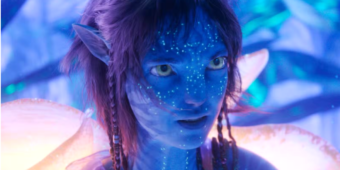
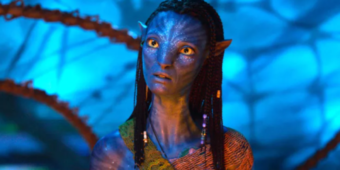

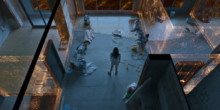
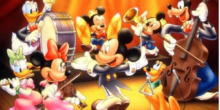



#51 Michael Andersen 16 år siden
"Avatar", 2D og 3D, vises som sagt i 2.35:1.
Real 3D og Master Image er så ens som det overhovedet er muligt.
Filmen leveres i 2K, så der er ingen ulempe der.
#52 Highland Park 16 år siden
Imens du synger caffé latte-sangen?! :/
#53 Michael Andersen 16 år siden
#54 filmkorn.dk 16 år siden
Du er jo trods alt ansat i en biograf :)
Fra IMDB:
1.78 : 1 (3-D version)
2.35 : 1 (2-D version)
#55 filmz-jonasgr 16 år siden
Det nye filmz tema måske ;)
'Cause I'm evil"
#56 filmkorn.dk 16 år siden
"I see a lot of bad info about this, so I just wanted to post some fact and a little opinion. I will just give some technical details about the two systems. I have been involved with setups of both Real D and Dolby 3D so I don't want to get into a better/worse discussion.
Both systems use the identical projectors. As far as I know, all of the current installs are using NEC, Barco, or Christie projectors. All are 2K D-Cinema DLP projectors, and most are 6K lamp setups to get as much light as possible. I have been in at least two trying to get by on a 4.5K but it is not enough on the older projectors. There are some newer installs using the smaller DLP chip (1.7 inch vs 2.1 inch) that even though limited to a 4.5K lamp can put out as much 3D light as the older 6K's thanks to being able to use the entire chip in 3D mode which the larger chip projectors can't due to speed limitations. Both Real D and Dolby 3D alternate eyes at 3 times frame rate. The projector settings are basically identical in this regaurd. So in 1/24 of a second, you see left eye 3 times and right eye 3 times. This means the projector is actually showing 144 frames per second. Think of it as having a 3 blade shutter for each eye in film projectors. The newer small chips can do this frame rate for all 2 million pixels, the older projectors cannot. In effect, we get about 2/3 of the light in 3D mode because of this issue. TI is working to improve this though.
In Real D the image is projected through an active LCD "Z-Screen" that alternates between right hand and left hand circular polarization at the 144 hz rate following a sync signal from the projector. The Dolby system has the filter wheel mounted between the lamp and the integrater rod. The wheel has 1/2 filtering for left eye, and the other half filtering for right eye. It uses the same sync signal from the projector to drive it at the same 144 hz or 4320 rpm. The filters are a multi layer interference filter that splits all three primaries into narrower bands of red, green, and blue. The glasses have matching filters to separate the two images. The Real D glasses use the matching circular polarizers to split the two images. Since the Dolby system is using different colors, the screen can be white, where the Real D has to hold polarization which requires the silvered screen. The two systems are actually very close in light output. The filters in Dolby split the light in half, plus a little total loss, and the Z-screen also does about the same in that regaurd. Then you are also only showing each eye for a little less than 1/2 the time, as well as watching it through glasses. The high gain of the silver screen does give a peak brightness gain for Real D but at the cost of a little less light on the edges. There are actually some Dolby 3D sites that went with a lower gain silver screen to make enough light due to using a larger screen than recomend. Real D color corrects for the glasses and Z-Screen by shooting the colors through the glasses with a separate preset in the projector for 3D. The Dolby system is a bit more complex as the color shift of the two eyes is different so the colors are corrected in the server by shooting the colors through the glasses again, but for each eye separately.
I have seen both systems, but I will not state preference. I will state that the color wheel does not make for any artifact that is different than the alternating of eyes of any sequential frame 3D system. Even shutter glasses at the same 144 hz frame rate will have this same artifact. And most shutter glasses operate at only double frame rate, or 96 hz which gives a more noticeable jutter on pans. Unlike a single chip DLP projector with a color wheel, the projector is always giving all 3 primaries to one eye in all systems. The three only truely differ in how they are separated at the viewer. Real D and Dolby use passive glasses. Dolby and shutter glasses can use a white screen. Shutter glasses need batteries and electronics in them. There are differences in ghosting and such, but I will let others talk about that.
Dual projector 3D is superior than any single projector setup. I have seen polarized systems and Dolby Infitec filtering with dual projectors and the results are stunning. You don't get double the light, you get over triple, and you get both eyes showing the new frame in sync, so it makes for a much smoother image on fast motion. This is true for any form of splitting the two eyes. In most cases, the cost of two projectors is considered prohibitive. When using the older large chip projectors though, it also has the huge advantage of using the whole chip, as well as having the 6K lamps. Light output is no longer a problem. I think 3D should be dual projectors for this reason.
I also agree that this coming year will really show if 3D is here to stay this time. I watched some of "Hondo" in Dolby 3D. This was shot in the early 50's. This actually had some of the most pleasing 3D I have seen. It was more like just watching a real scene out in front of you. The depth was natural and the big sky outdoor shots looked amazing. 3D is not new, it has just become a bit more friendly to show thanks to digital. Dual film polarized 3D looked great a long time ago. That is how IMAX did it for a long time, but now even IMAX is going digital for the ease and reduced cost, even using dual projectors it is a huge savings over the dual strip film.
I don't think 3D will ever be the only way to make a movie, but if enough good movies can be made in 3D it just may work it's way out of being a gimick this time. On the other hand, if the movies are not good, this coming year could kill 3D yet again. It is up to the content as usual. As we have seen over and over, you can make a great movie with a 1.33 aspect black and white picture and mono sound. Great image quality, effects, and sound can all enhance a good movie, but they can't make a bad movie good. The same goes for 3D. If a movie is bad, throwing 3D at it won't fix it. In the 20's, sound was a gimick. In the 30's, color was a gimick, in the 50's/60's 3D and widescreens where both gimicks. Widescreens caught on, 3D didn't. We still have two aspect ratios though, 1.85 and 2.39. So maybe 3D will be the Cinemascope of the future?? Who knows just yet."
#57 Highland Park 16 år siden
#56: Hvem er denne "I"? ;)
Det ville være rart med et link til kilden.
#58 filmkorn.dk 16 år siden
I, Robot?
Filmz om Cinemaxx 3D
#59 Highland Park 16 år siden
#60 filmkorn.dk 16 år siden
Link